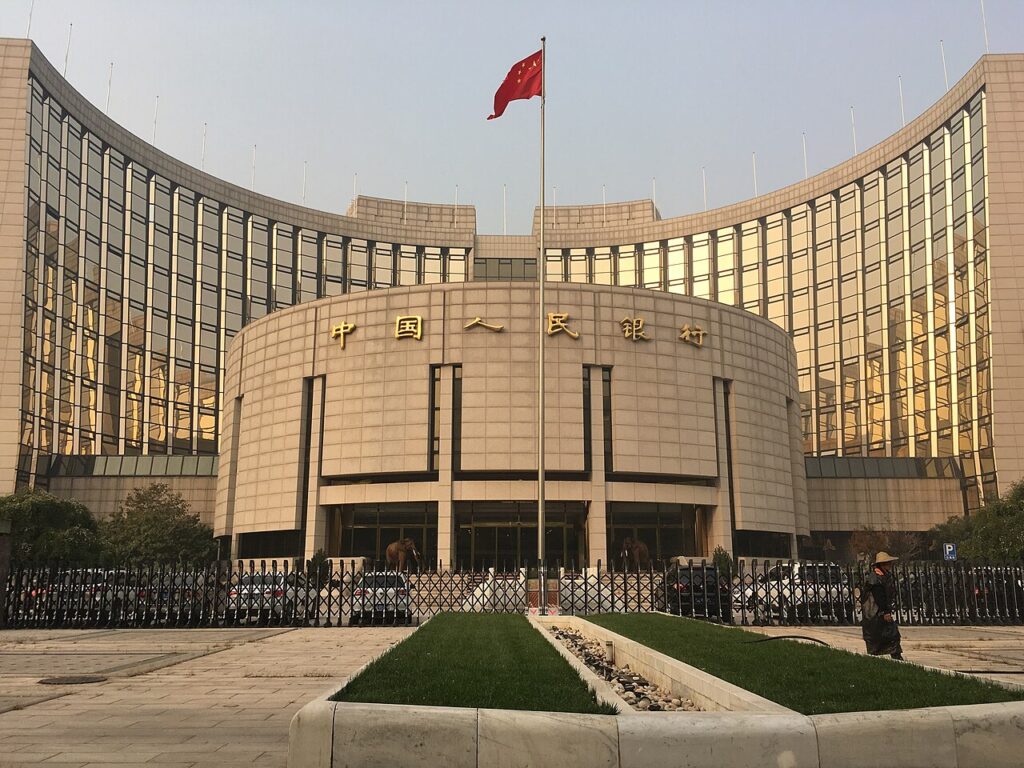The history of China's Financial Regulatory Reform after 1978: Financial Bureaucracy and Regulators

By Chuang Men | 08 June 2023
In March 2023, China’s leadership launched a new economic agenda for the next five years, with a core priority on addressing financial issues through significant institutional reforms aimed at strengthening financial regulation. As part of this initiative, the China Banking and Insurance Regulatory Commission (CBIRC) has been replaced by the State Financial Regulatory Administration (SFRA), which is a ministry-level agency reporting directly to the State Council (central government). Additionally, the Central Financial Commission (CFC) has been added to the Central Committee of the Chinese Communist Party, serving as the final decision-making body for the politicized direction of finance. These changes mark a significant step towards ensuring the stability and security of China’s financial system.
Looking back at the history of China’s financial supervisory system after the reform in 1978, it could see a process of gradual establishment, marked by the need to cope with reform problems and financial crises. One significant example is the establishment of the China Securities Regulatory Commission (CSRC) in response to the stock market chaos that led to the August 10 incident in Shenzhen in 1992. Another significant event was the establishment of the Central Financial Work Committee (CFWC) in 1997, which focused on resolving non-performing loans after the Asian financial crisis. As a result of the strengthened financial supervision, the China Insurance Regulatory Commission (CIRC) was established in 1998, and the CSRC was upgraded to a ministry-level department of State council. In 2003, focusing on the supervision of joint stock listing of state-owned banks, the China Banking Regulatory Commission (CBRC) was established to undertake banking micro-supervision instead of the central bank which might pay more focus on macro-prudential policy.
Until 2018, China’s financial regulation was under a separate supervisory model of one bank and three commissions (OBTC) including central bank, CSRC, CIRC and CBRC. However, the merger of the CBRC and the CIRC in 2018 marked the end of this model. One of the primary factors behind this was the significant growth of shadow banking and Internet finance, which created a regulation gap in separate supervision and integrated financial services.
Between 1992 and 2018, China’s financial regulation was under this separate framework. The authority of regulatory agencies and the implementation of regulation were ensured through the formation of a financial bureaucratic hierarchy within the State Council. Including the 2023 reform, the State Council has carried out five large-scale adjustments of central institutional reforms related to financial regulatory agencies in 1988, 1998, 2003, 2018, and 2023. Despite the fact that China’s financial reform began with the independence of the People’s Bank of China (PBOC), the central bank, from the fiscal department in 1977, the role of PBOC was not formally confirmed as a ministry-level constituent department of the central government until 1988. Since then, the role of PBOC as a constituent department of the central government has been further strengthened through the 1998, 2003, and 2008 State Council institutional reforms.
Under this framework, the PBOC, as the mono-bank under the planned economy, was positioned at the top of the financial bureaucracy system. This hierarchical structure facilitated the promotion of central bank officials to regulatory roles. Based on the author’s research, which analysed the career trajectories of 114 financial bureaucrats who served as governors or deputy governors of the PBOC, CSRC, CIRC, or CBRC between 1978 and 2018. There were a total of 20 governors (7 PBOC governors, 7 CSRC governors, 3 CIRC governors, and 3 CBRC governors) and 94 deputy governors (51 PBOC deputy governors, 18 CSRC deputy governors, 12 CIRC deputy governors, and 13 CBRC deputy governors). Among the 94 financial regulatory deputy governors, only PBOC deputy governors were promoted to governor positions. Out of the 16 governors appointed after 1993, 12 were PBOC deputy governors, which primarily occurred after the financial marketization reform in 1990s. Prior to 1993, the four PBOC governors were mainly politicians responsible for finance.
Additionally, the 12 PBOC deputy governors who were promoted to governors were an average of 8 years younger at 48.2 years old than the 39 deputy governors who were not promoted to governors during the same period. They typically held a university or doctoral degree and were mostly promoted internally from PBOC and financial institutions (state-owned banks), with few government officials. One notable PBOC deputy governor was Liu Hong Ru (1930-), who not only had a doctoral degree but also actively participated in securities industry research and law drafting. He later became the first governor of CSRC. Many central bank bureaucrats subsequently became financial regulators due to their professional experience in the financial sector and higher administrative positions.
In this historical context, the financial regulatory reform in 2023 is not novel compared to previous reforms. It shares two prominent characteristics with earlier ones, namely its response to financial crises and reliance on the financial bureaucracy system to implement regulatory functions. However, the 2023 reform seems to place more emphasis on political decisions by strengthening the leadership of the Party.
Note: This commentary is primarily based on the author’s conference paper presented at the XIX World Economic History Congress 2022.

Chuang Men is a professor of Chinese economy at Osaka Sangyo University. His main interests are on the financial history and regional history in China with a particular emphasis on regional economic development. He is currently researching foreign exchange management and overseas networks of Chinese banks under the Cold War. He was a visiting scholar at the SOAS China Institute from April 2022 to March 2023.
The views expressed on this blog are those of the author(s) and are not necessarily those of the SOAS China Institute.
SHARE THIS POST
